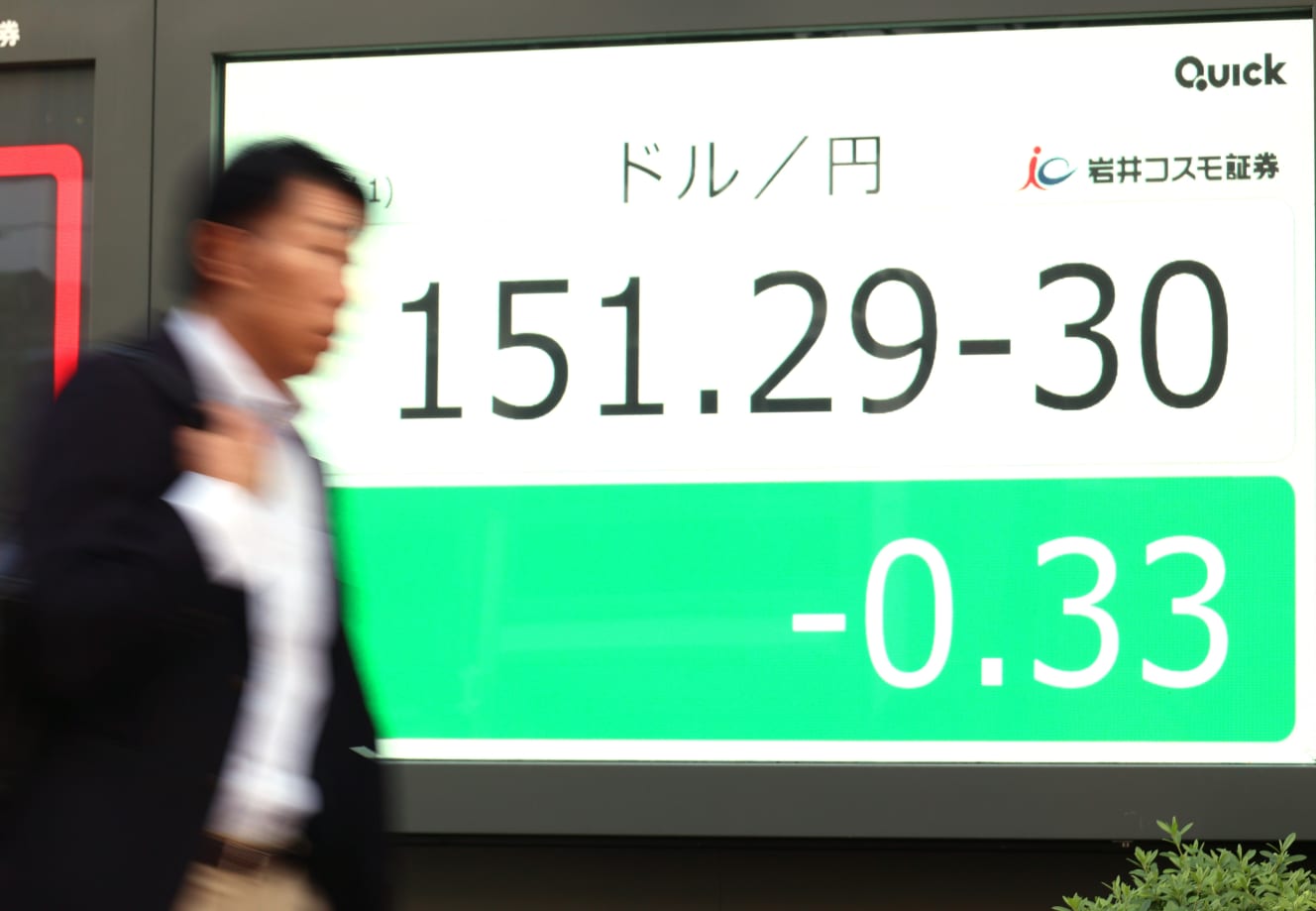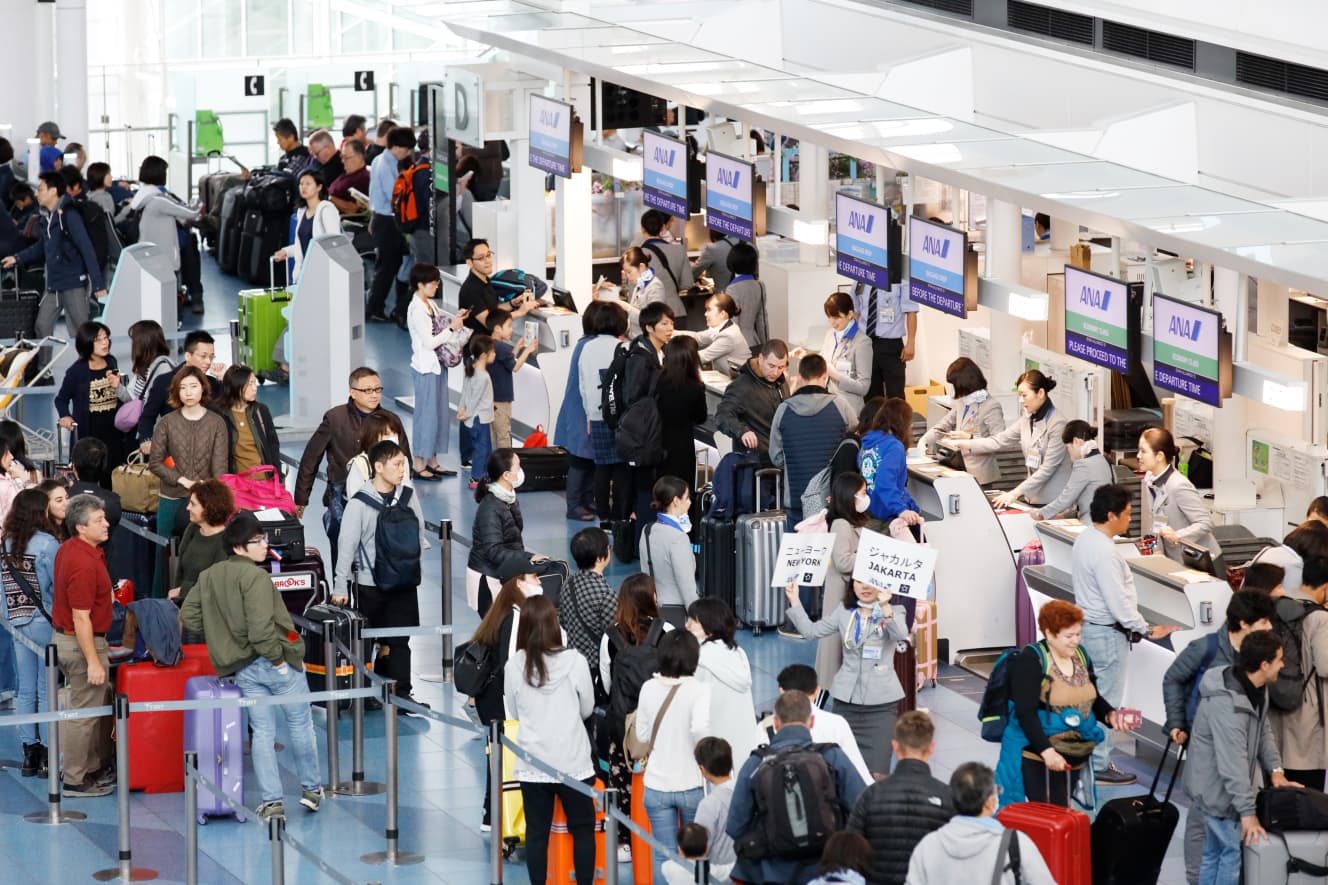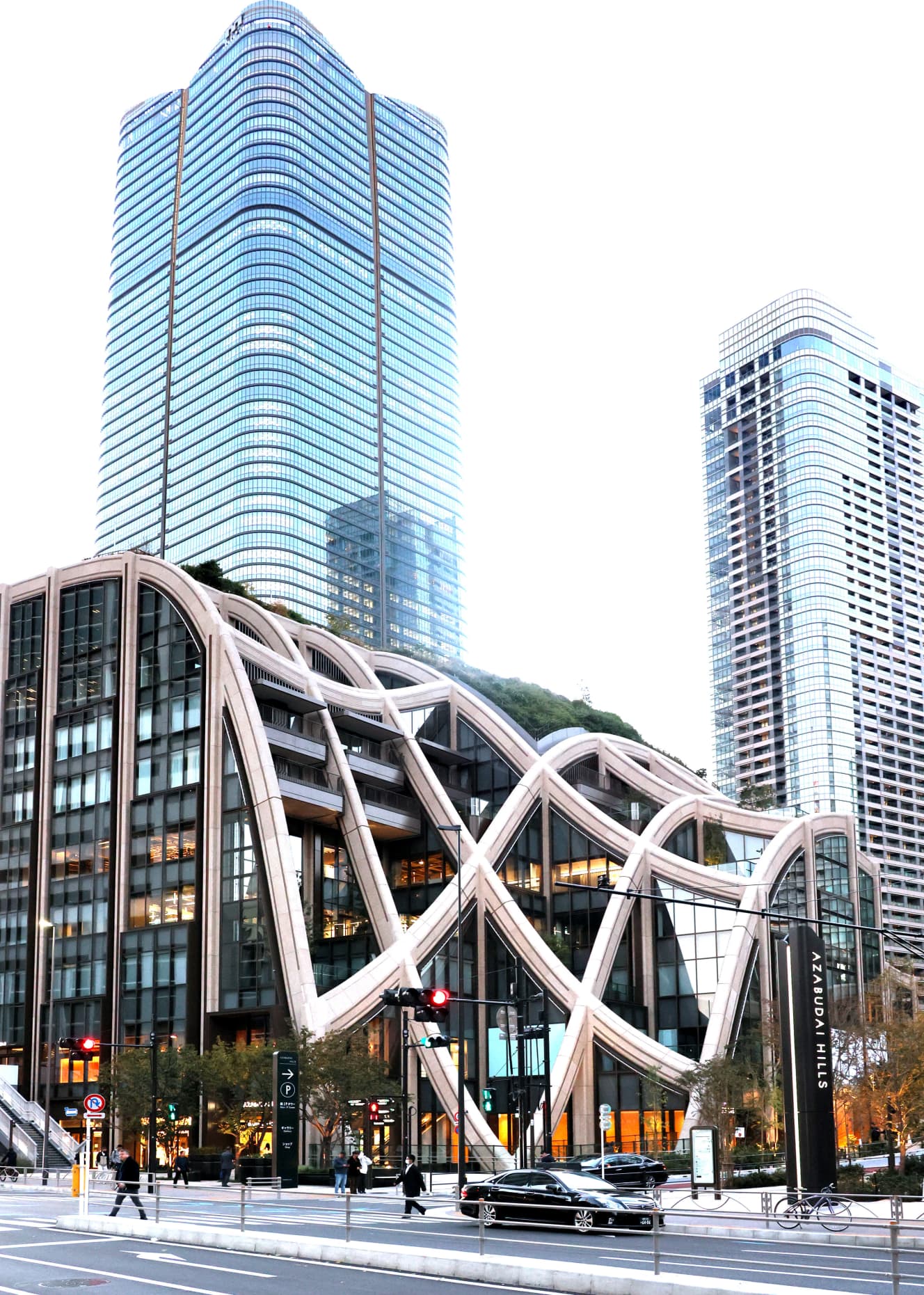The “hidden depreciation of the yen” is making overseas travel more and more difficult during the year-end and New Year’s holidays….
At the end of last year, the U.S. dollar exchange rate was about “133 yen to the dollar…
Many people are planning to travel abroad during the year-end and New Year holidays. At that time, you may be concerned about the exchange rate. At the end of last year, the U.S. dollar exchange rate was about 133 yen to the dollar, but over the past year the yen has weakened to about 148 yen to the dollar.
For those planning a trip to Hawaii, the depreciation of the yen alone should make prices seem more than 10% higher than last year. Furthermore, even though inflation in the U.S. has slowed down, prices are still higher than last year, so in total, you should feel about 15% more expensive there than last year.

What is “hidden yen depreciation”…
Now, here comes the main issue. Actually, “hidden yen depreciation” is a hot topic right now. It is said that this year’s weak yen is different from last year’s weak yen. The difference is that last year’s weak yen was a phenomenon in which currencies around the world depreciated against the U.S. dollar. However, this year’s weak yen is a phenomenon in which not only the U.S. dollar but also currencies around the world are strengthening against the Japanese yen.
To put it more simply, the yen is weakening everywhere in the world .Countries and regions where the yen has weakened over the past year include the United States, Europe, Canada, Australia, China, South Korea, Taiwan, Hong Kong, the Philippines, Thailand, Indonesia, and Singapore.
For example, at the end of a year ago, the Chinese yuan was around 18.90 yen per yuan, but over the past year the yen has continued to depreciate against the yuan and is now 20.70 yen. The Korean won has depreciated from 10.3 sen to 11.4 sen, and the Taiwan dollar has depreciated from 4.30 yen to 4.70 yen over the past year.
If you have already decided where to travel for the year-end and New Year’s holidays, it is best to enjoy your trip there even with the weak yen. However, if you have already decided on a destination, you may want to think about where you want to go. Here is some practical advice.

In “Hong Kong,” a bottle of Coke costs 360 yen…
First of all, you may be fed up with the high cost of living wherever you go in developed countries. Many countries have higher inflation rates than Japan. For example, the inflation rate in the United Kingdom and Australia is about 5%, which is more expensive than in the United States.
The same applies to tourist destinations where prices used to be low. I visited Hong Kong on a business trip last month and found that a bottle of Coke at a convenience store costs 360 yen and a bowl of ramen noodles costs 1,400 yen, so that prices in Hong Kong are double what they used to be in the Japanese sense.
Recommended Travel Destinations in the “Era of Weak Yen”…Looking for Holey Places from “3 Viewpoints”.
So are there any recommended places to go? Let’s look for the best places from three perspectives.
The first perspective is the “Big Mac Index. The Big Mac Index is an index of how much a McDonald’s Big Mac costs in a country.
A Big Mac in Japan costs 450 yen, and if this figure is used as a standard, Big Macs in most countries are actually more expensive than in Japan. However, you can find two places where you can find a hole in the market. These are ” Taiwan” and“Indonesia. A Big Mac in Taiwan costs about 350 yen, while a Big Mac in Indonesia, where tourist destinations such as Bali Island are located, costs about 320 yen. What this means is that although the yen is weak as a currency, local prices are still not that high from a Japanese perspective.
Both of these destinations are easily accessible from Japan, and from this perspective, they are probably the best places to visit at the end of this year.

The second recommendation, from a rather geeky point of view, is to target countries whose economies are more stagnant than Japan’s. We are currently suffering from a weak yen, and the economy is still in the doldrums. We are currently suffering from the weak yen, but there are still many countries in the world where the currency has depreciated even more and the people’s lives are suffering more than in Japan. Let’s look for popular tourist destinations among them.
There are a total of three countries that I would recommend in this regard. Turkey, Egypt, and Brazil. All of these countries are in trouble because their local currencies have collapsed, but because of this, the yen is also a strong currency when Japanese tourists visit these countries.
All of these countries are perfect tourist attractions. The downside is that they are far from Japan, and the economic turmoil has made the local security situation a little worse. We recommend this destination only for those who are daring.

Unexpected “hole in the wall”…
And now for my third recommendation. This is actually a tourist destination that is currently flooded with applications from travel agencies. It is Japan.
That’s right. With the historic depreciation of the yen, Japan is now a hot destination for tourists from all over the world. And, according to a travel agent, Japan is also a popular destination for Japanese people during the year-end and New Year’s holidays.
In particular, when asked, “What destinations do you go to instead of traveling abroad?” the travel agent’s answer was, “Okinawa is popular for people in the Tokyo metropolitan area, and Tokyo is popular for people in other parts of Japan.
This is an “eye-opening solution” when you think about it. The purpose of our international travel during the year-end and New Year’s holidays is to enjoy an extraordinary experience. From this point of view, Okinawa and Tokyo fit that purpose perfectly.
In the case of Okinawa, you can enjoy a foreign experience by renting a car and staying in a city or village a little further away from Naha City. Take Okinawa City, for example. Formerly called Koza City, the center of Okinawa City is a U.S. military base town.
In recent years, Koza has seen an increase in the number of restaurants and retail stores run by young people in an effort to revitalize the town. Old shopping streets are being renovated and new stores with a new sense of style are springing up one after another. In addition, some of these stores have been converted into exotic hotels where visitors can enjoy their stay.

If you want to feel like you are overseas in Okinawa, another place to visit is Chatan. The former U.S. military base has been returned to its former location and a vast sightseeing area called “American Village” has sprung up here, lined with American-style restaurants and stores. There are also a number of major capital hotels such as Hilton, which are suitable for long-term stays.
Another thing I personally recommend in Okinawa is the steak culture. There are many American-style steakhouses in Okinawa, as the U.S. military is a major customer. Not only steaks, but anything you eat in Okinawa is less than 1/3 of the price in the US. And Okinawa is only a two-hour flight from Tokyo. It is definitely a prime spot to enjoy the feeling of traveling abroad while traveling domestically.
Tokyo,” a hot spot for redevelopment
Tokyo, another popular tourist destination, is a great place to visit because of its cutting-edge redevelopment. In Shinjuku Kabukicho, a popular destination for inbound tourists, Tokyu Corporation has opened the Kabukicho Tower.
On the second floor of the building is a side street with izakaya (Japanese style pubs) from all over the country, and a DJ introduces the latest music in the center of the street. In Kabukicho and Shinjuku’s West Exit, stores that evoke an exotic Japan are proliferating, with their large numbers of lanterns and electric lights, transforming the area into a town that gives the impression of a future Japan rather than the Japan of the past.
Roppongi remains a great area to visit as well. It is the cultural center of Japan’s urban culture, reminiscent of New York, and the urban landscape is constantly changing with large-scale redevelopment projects such as Roppongi Hills and Midtown.
In November, the new ” Azabudai Hills ” opened adjacent to this town. It is the birth of a new town covered in greenery and planned as never before. In fact, Azabudai Hills is within walking distance of Roppongi, and from Azabudai Hills, Toranomon Hills is within walking distance. In other words, Tokyo’s new city has begun to evolve from a stand-alone development to a connected urban development.

Of course, ” Shibuya ” and ” Uraharajuku ” continue to evolve, and ” Asakusa ” and ” Ginza ” are both popular among inbound tourists. I believe that coming to Tokyo during the year-end and New Year’s holidays to explore these popular inbound destinations will be an exotic experience that will make you feel extraordinary.
As you can see, even during the year-end and New Year holidays, which require caution due to the weak and hidden depreciation of the yen, you can still have a gorgeous time with a little ingenuity. We hope you will all enjoy your once-a-year vacation to the fullest.
Text: Takahiro Suzuki
Management strategy consultant. Graduated from the University of Tokyo with a degree in engineering. After working for Boston Consulting Group and other firms, he became independent in 2003. He is an expert in business strategy and future forecasting. He is active as an economic commentator in various fields, including the media. Author of "The Future of Inequality and Class" and "Job Disappearance: What We Can Do Now to Survive the Age of AI" (Kodansha), "Nihon Keizai: Book of Revival" (PHP Research Institute), "Strategic Thinking Training" series (Nikkei Publishing Inc.), and others. The latter is a bestseller with a cumulative total of over 200,000 minutes.